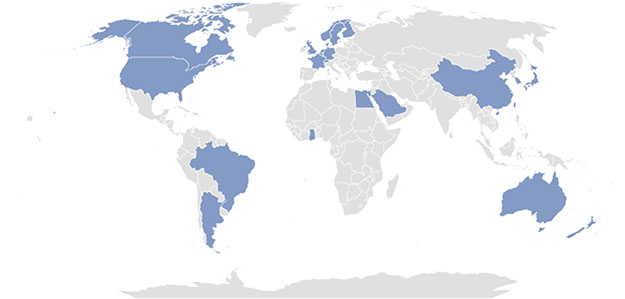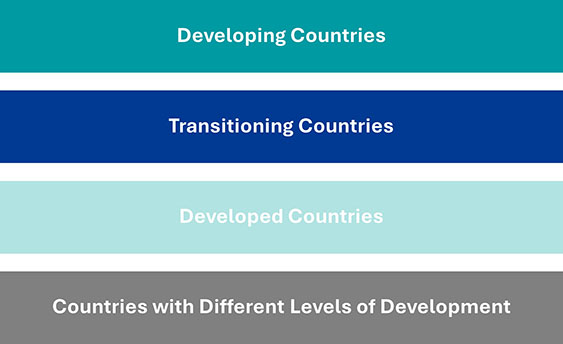The Center for Patient Safety Research and Practice is a leader in knowledge development on patient safety and is the most reliable evaluator of promising interventions that can measurably reduce medical errors and improve the overall quality of healthcare. The Center’s researchers have collaborated extensively with colleagues around the world.

The Center is committed to disseminating the results of its research at the local, national, and international levels; this is accomplished through this website, peer-reviewed journals, and direct involvement of Center Investigators. Frequently asked to speak before Congressional committees, at scientific meetings, and at national as well as international conferences, Center Investigators also serve on local, national, and international committees to improve healthcare policy at all levels.
Physicians, nurses, pharmacists, and other providers from many other countries, including Israel, Korea, Germany, Argentina, Switzerland, Japan, New Zealand, the United Kingdom, and Canada have come to the Center to learn more about patient safety research and to take our advances and recommendations back to their own countries where they have done transformational work.
The World Health Organization (WHO) established an international multi-stakeholder Priority Working Group led by Dr. David Bates which identified a set of global priorities for patient safety research; the group subsequently published the Summary of the Evidence on Patient Safety: Implications for Research, aiming to summarize existing research on patient safety and to set priorities on that basis.

We will concentrate on selected articles authored by our Center researchers on the following top 20 research priority areas for developed countries. More about this important work can be found on the WHO website.
| Research Priority | Average Score* | Standard Deviation |
|---|---|---|
| Lack of communication and coordination | 8.22 | 0.88 |
| Latent organizational failures | 7.78 | 1.17 |
| Poor safety culture and blame oriented processes | 7.75 | 1.73 |
| Cost effectiveness of risk reducing strategies | 7.42 | 1.24 |
| Developing better safety indicators | 7.03 | 1.58 |
| Procedures that lack human factors consideration | 6.97 | 1.46 |
| Health information technology and information systems | 6.89 | 1.78 |
| Patients' role in shaping the research agenda | 6.57 | 1.09 |
| Devices that lack human factors consideration built into design and operation | 6.28 | 1.78 |
| Adverse drug events and medication errors | 6.25 | 2.13 |
| Care of frail and elderly | 6.06 | 1.89 |
| Patient adherence | 5.94 | 1.51 |
| Misdiagnosis | 5.82 | 1.81 |
| Identification, development, and testing of locally effective solutions | 5.81 | 1.79 |
| Health care associated infections | 5.72 | 2.08 |
| Lack of adequate test follow-up | 5.44 | 1.54 |
| Inadequate competence, training, and skills | 5.42 | 1.72 |
| Lack of appropriate knowledge and transfer of knowledge | 5.39 | 1.50 |
| Lack of recognition of adverse events | 5.39 | 1.65 |
| Adverse medical device events | 5.36 | 1.53 |
*Scores were out of 10.
For over a century, a leader in patient care, medical education and research, with expertise in virtually every specialty of medicine and surgery.
About BWH